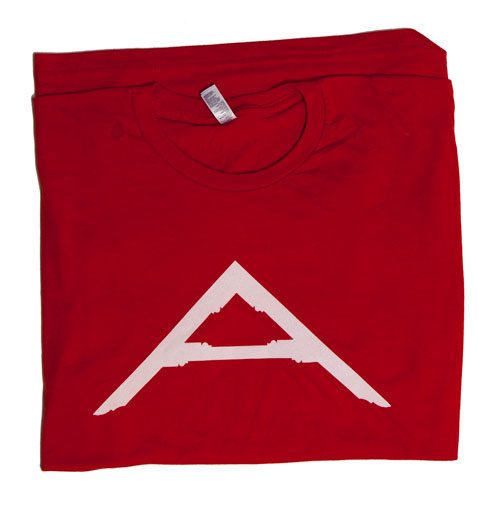
Henry O. Studley was a piano maker and he had a bench that suited his trade. And though we are still in the initial stages of researching his work, some accounts suggest that he was a craftsman who specialized in building prototype organs and pianos for the Poole Piano Co. before the units went into production.
This fact, if it bears out, helps explain some things we saw while poring over the man’s tool chest and workbench for Don Williams’s forthcoming book “Virtuoso: The Toolbox of Henry O. Studley.”
During our visit, I looked over the workbench that sits below Studley’s tool chest. It bears a family resemblance to the one owned by ironmonger Patrick Leach. Leach’s bench was owned by a piano case maker who lived in the same area and time that Studley worked. See the photos here.
So I am presenting the following bullet points on the Studley bench without much comment. I am still processing a lot of the data I wrote down, including 41 pages of typewritten notes, so I don’t have answers. I have just data and a sore bottom. But because data is better that a swift kick to… anywhere, here we go.
Some things I know about H.O. Studley’s workbench.
1. The benchtop is original. The base was made by the current owner and is modeled after the chest. The workmanship on the re-creation is excellent, though it is not aged to look like a vintage original.
2. The benchtop was acquired at the same time the owner acquired the chest.
3. The benchtop is made up primarily of three gorgeous pieces of Cuban mahogany. There are additional mahogany pieces on the ends that cover the end grain.
4. The top is banded by ebony that is let into a rabbet in the benchtop. The ebony is 1/2” x 1/2”.
5. Inside the ebony band, the three mahogany pieces measure 15-15/16” wide, 6-15/16” wide and 5-5/32” wide. The top tapers in its overall width. The tail vise end is 1/4” narrower than the face vise end.
6. The top is 3” thick overall, 30” wide (at its widest) and 78” long.
7. The dogs in the benchtop are 1” x 3/4”. The dogs are ebony. They are 4-1/4” long and are held in the holes with brass spring clips. The dogs are held flush to the top of the benchtop by a small metal clip at the bottom of the dog hole. This clip runs in a stopped groove in each dog. It is… remarkable. Every dog hole has a dog. All of the dogs are spaced on 7-1/2” centers, except for one.
8. The vises were plated with nickel when the owner acquired them, but they were rusting and in need. The collector had them re-plated. There was a lot of effort put into masking original surfaces to preserve the smooth action and tolerances of the vises.
9. The sliding dog on the tail vise is… interesting to me. It is a sliding dovetail that runs in ways that are cut in the vise chop. The tolerances on the machining is remarkable. The dog is pushed up and down easily and holds its position. All dogs should be so obedient.
To see a slideshow of my photos, click here.
Like all things with H.O. Studley, you should take this data with a pinch of salt. There is a lot of misinformation out there. The first Fine Woodworking poster of the chest discussed the “stonemason” tools inside it. Duh.
So I recommend you enjoy the photos and try not to jump to any conclusions until 2013, which is when Williams’s book on Studley is scheduled to be printed.
— Christopher Schwarz
Like this:
Like Loading...



